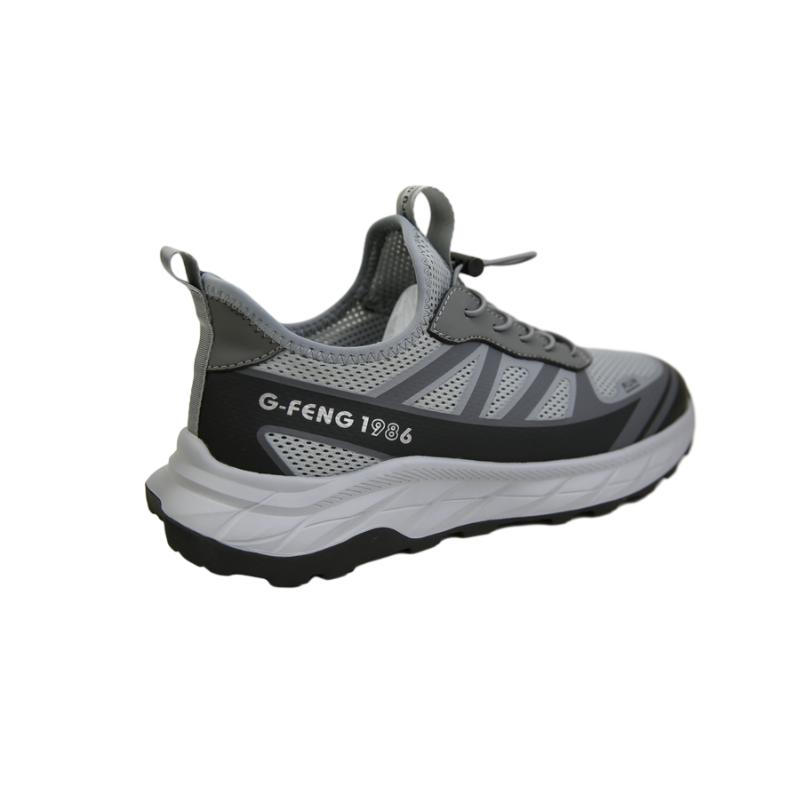Camouflage combat boots are designed to provide military personnel and law enforcement officers with the necessary protection, support, and camouflage for combat and tactical missions. These boots are constructed with rugged materials, such as leather and ballistic nylon, and often feature camouflage patterns to help wearers blend into their surroundings. They are engineered to withstand harsh conditions and provide stability and comfort during extended wear.




